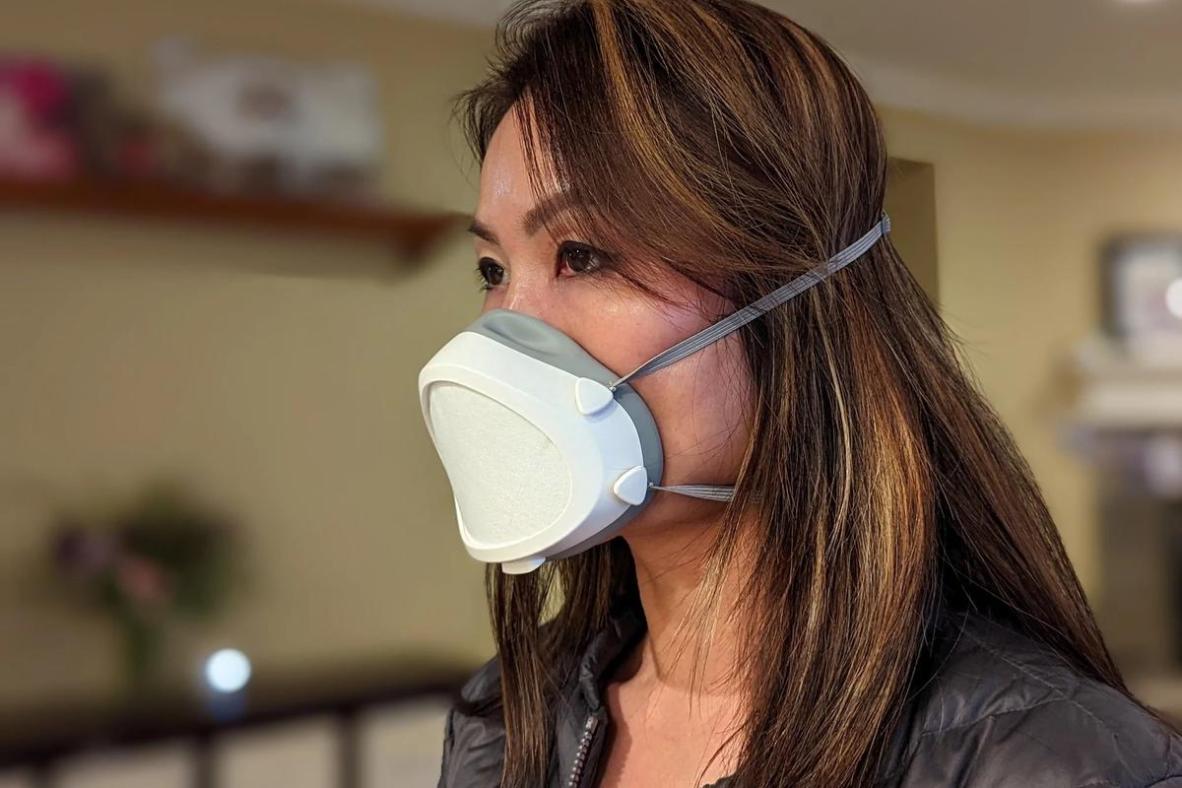How Can We Measure and Evaluate the Effectiveness of Face Mask Disposal Programs?
The COVID-19 pandemic has led to a surge in the use of face masks, resulting in a significant increase in the amount of discarded masks. Improper disposal of these masks poses a threat to public health and the environment. This article discusses methods for measuring and evaluating the effectiveness of face mask disposal programs, highlighting the importance of proper disposal in preventing the spread of diseases and protecting the environment.

I. Key Performance Indicators (KPIs) For Measuring Effectiveness
To assess the effectiveness of face mask disposal programs, several key performance indicators (KPIs) can be used:
Percentage Of Face Masks Properly Disposed:
- Proper disposal is defined as following designated guidelines and procedures.
- Tracking this KPI is crucial as it indicates the proportion of masks disposed of correctly, reducing the risk of contamination and environmental pollution.
Reduction In Littering And Improper Disposal:
- Improper disposal of face masks contributes to littering, pollution, and health risks.
- Measuring the reduction in littering serves as an indicator of program success in curbing improper disposal practices.
Compliance With Regulations And Guidelines:
- Relevant regulations and guidelines for face mask disposal exist at local, regional, and national levels.
- Monitoring compliance with these regulations ensures that the program is operating effectively and meeting legal requirements.
II. Data Collection Methods
To gather data for evaluating face mask disposal programs, various methods can be employed:
Surveys And Questionnaires:
- Surveys can gather information on disposal practices, attitudes, and knowledge regarding proper disposal.
- Questionnaires provide quantitative data on disposal behavior, enabling statistical analysis.
Observational Studies:
- Observational studies involve direct observation of disposal behavior in public spaces or designated disposal areas.
- This method allows for real-time assessment of compliance and identification of problem areas.
Waste Audits:
- Waste audits involve analyzing the composition and quantity of discarded face masks in waste streams.
- Insights gained from waste audits help identify trends, patterns, and areas for improvement in disposal practices.
III. Evaluation Framework

To effectively evaluate face mask disposal programs, a structured framework is essential:
Establish Baseline Data:
- Collecting baseline data before implementing a disposal program is crucial.
- Historical data and benchmarks serve as a reference point for setting targets and measuring progress.
Set Clear Targets And Goals:
- Specific, measurable, achievable, relevant, and time-bound (SMART) targets guide program implementation and evaluation.
- Clearly defined goals ensure that the program is focused and effective.
Continuous Monitoring And Feedback:
- Ongoing monitoring is essential to track progress, identify areas for improvement, and adapt the program accordingly.
- Feedback from stakeholders, including the public, waste management personnel, and policymakers, is valuable in refining the program.
IV. Case Studies And Best Practices
Examining successful face mask disposal programs from different regions or organizations can provide valuable insights:
- Showcase innovative approaches and strategies that have yielded positive results.
- Highlight lessons learned and challenges faced in implementing these programs.
V. Conclusion

Measuring and evaluating the effectiveness of face mask disposal programs is crucial for ensuring proper disposal practices, protecting public health, and preserving the environment. By adopting evidence-based approaches, stakeholders can improve program outcomes and contribute to a cleaner and healthier future.
YesNo

Leave a Reply